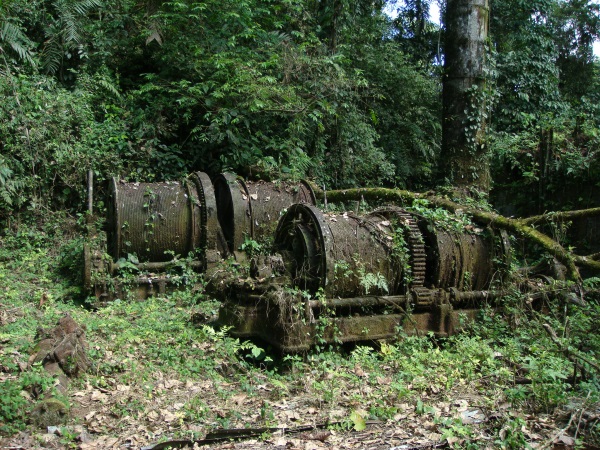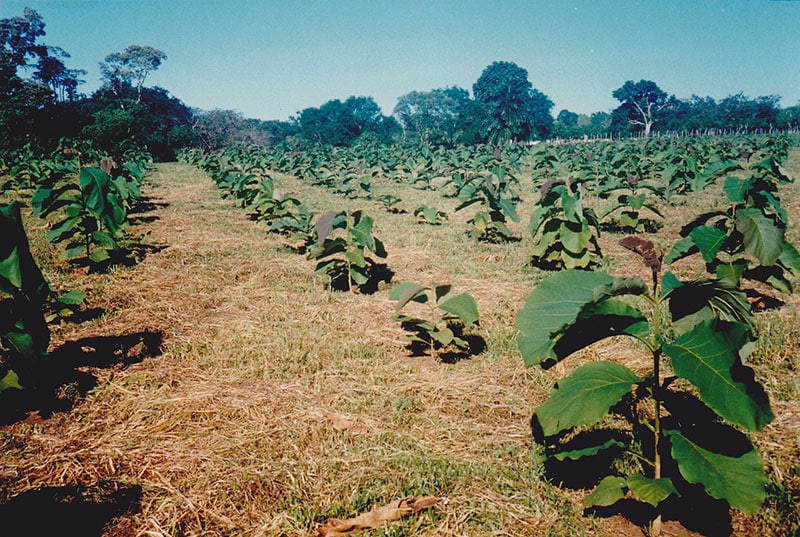By Raúl Arias de Para
“I’d say that the history of Canopy Camp, Panama begins many years ago when I was in primary school in Panama City and I heard the name Darién for the first time. Darién, the biggest of Panama’s 9 provinces, the one with the largest tracts of primary forests, the longest and widest rivers, the tallest trees; Darien, where the Spanish founded in 1510 the first settlement in the mainland of the New World and where Balboa discovered, 3 years later, el Mar del Sur (the Southern Sea), later called the Pacific Ocean.
It is in Darién where the great Pan-American Highway (also called Inter-American Highway) ends, unceremoniously, in the town of Yaviza, thereby interrupting the dream of uniting the Western Hemisphere from Alaska to Tierra de Fuego. It is the least inhabited province of Panama, the least accessible, and the least known. It is truly a land of extremes with a rich history and a still richer biodiversity.
In my childhood days, Darién was for me just a collection of interesting and fascinating facts, but facts nonetheless. Then, probably in my teens, I learned that my paternal grandfather, Don Tomas Arias, had owned the fabled gold mines of Cana having purchased all stock of the bankrupt Darien Gold Mining Company in 1911. Gold was first discovered in Darién in the 16th century by the Spanish. The mine, known as “La Mina de Espíritu Santo” or “Holy Spirit Mine”, was located near the town of Santa Cruz de Cana, which now lies under the dense tangle of jungle vines and vegetation. The Spaniards mined the area heavily, establishing the town and at one time filled the valley with 20,000 people, before abandoning the mine in 1728. It lay untouched for over a century, until the Darien Gold Mining Co., Ltd. was established by the British and reopened the mine at Cana from the 1890s through 1907, and produced 4 tons of gold. The British built a railway from the mine to Boca de Cupe, 20 kilometers away, to transport gold, supplies and men. Today in the area of Cana, you can still find old mining shafts, locomotives and remnants of the intensive gold mining history, now claimed by the dense rainforest. After a last attempt to exploit this area in the 1980s, Cana now lies buried in the heart of Darién. Only an airstrip, ranger station and border control station are present today.”





